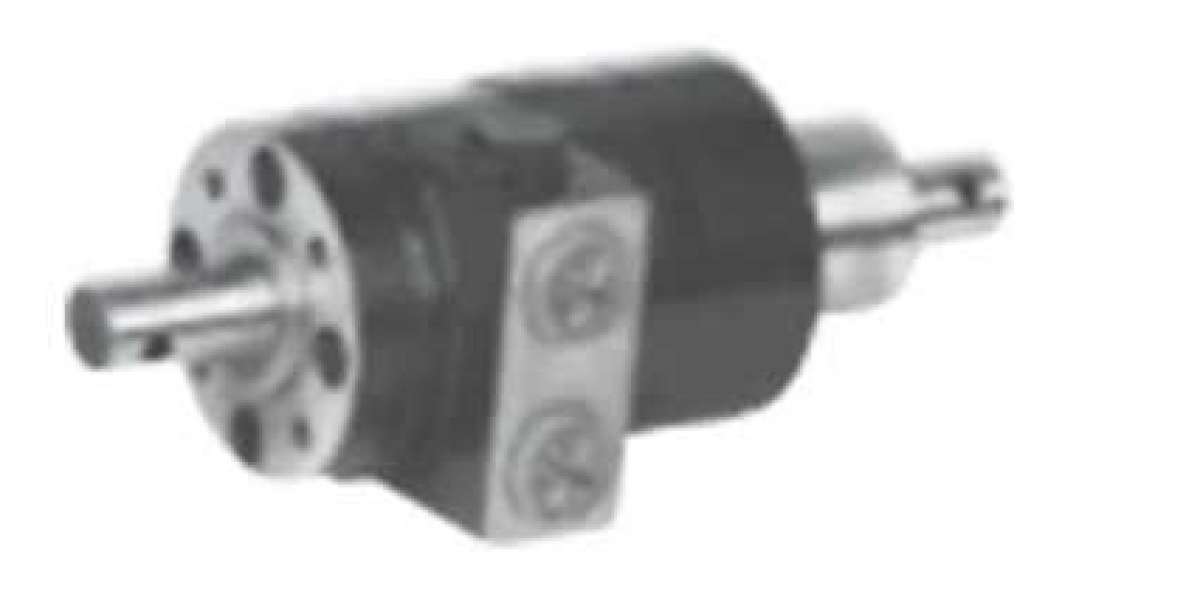Introduction
Why don't we learn about solar inverter problems: identify and solve 8 typical issues.As solar energy continues to gain popularity as a sustainable power source, the importance of solar inverters in converting DC electricity generated by solar panels into usable AC electricity cannot be overstated. However, like any electronic device, solar inverters can encounter various issues that may affect their performance. In this guide, we will explore eight typical solar inverter problems and provide solutions to help you troubleshoot and resolve them effectively.
1. Inverter Not Turning On
One of the most common issues faced by solar system owners is when the inverter fails to turn on. This could be due to a tripped circuit breaker, a blown fuse, or a faulty connection. To troubleshoot this problem, check the circuit breakers, replace any blown fuses, and ensure all connections are secure.
2. No Power Output
If your solar inverter is turned on but not producing any power output, it could be a sign of a fault in the inverter itself or the solar panels. Check the inverter display for error messages and inspect the solar panels for any damage or shading that may be affecting their performance.
3. Overheating
Overheating is a common issue that can lead to reduced efficiency and even permanent damage to the solar inverter. Ensure that the inverter is installed in a well-ventilated area with sufficient airflow. Clean any dust or debris that may be blocking the cooling vents and consider installing a shade to protect the inverter from direct sunlight.
4. Grid Connection Issues
If your solar inverter is having trouble connecting to the grid, it may be due to a faulty grid connection or settings. Check the grid voltage and frequency settings on the inverter to ensure they match the grid requirements. Additionally, inspect the grid connection for any loose or damaged wires that may be causing the issue.
5. Ground Faults
Ground faults occur when there is an unintended connection between the DC and AC circuits of the solar system. This can lead to safety hazards and system malfunctions. Use a multimeter to check for ground faults and isolate the source of the issue to prevent further damage.
6. Communication Errors
Modern solar inverters are equipped with communication interfaces that allow them to connect to monitoring systems for performance tracking. If you are experiencing communication errors, check the cables and settings of the monitoring system to ensure they are configured correctly. Resetting the communication settings on the inverter may also help resolve the issue.
7. Voltage Instability
Voltage instability can cause fluctuations in the power output of the solar inverter, leading to inefficient operation. Check the input voltage from the solar panels and the output voltage to the grid to identify any inconsistencies. Adjust the settings of the inverter to stabilize the voltage and improve performance.
8. Firmware Updates
Regular firmware updates are essential to ensure the optimal performance and security of your solar inverter. Check the manufacturer's website for any available updates and follow the instructions to install them correctly. Firmware updates can address known issues, improve compatibility, and enhance the overall functionality of the inverter.
Conclusion
By familiarizing yourself with these common solar inverter problems and their solutions, you can effectively troubleshoot issues that may arise with your solar energy system. Remember to follow safety precautions and consult a professional if you encounter any complex problems that require expert assistance. With proper maintenance and timely troubleshooting, you can ensure the reliable and efficient operation of your solar inverter for years to come.








